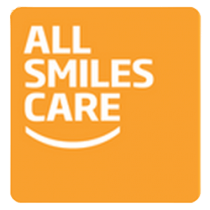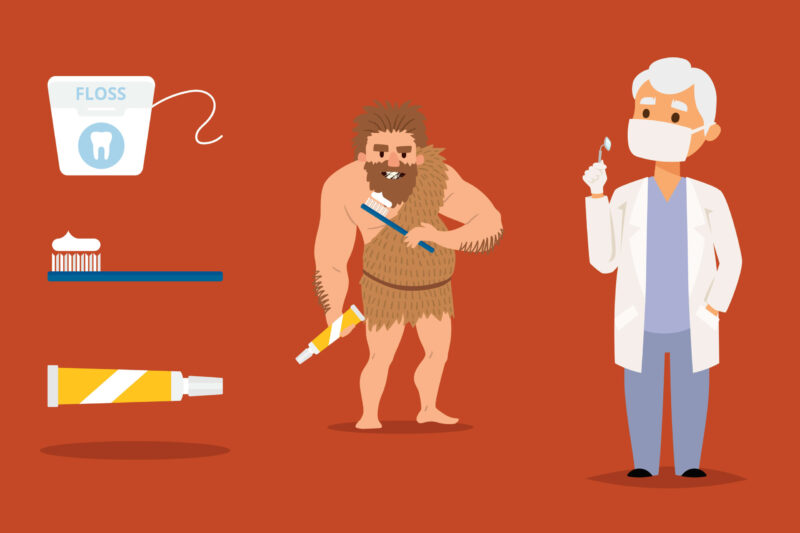Most people, especially parents, are well-versed in handling most common first aid situations. However, are you confident in what to to for a dental emergency such as a cracked or lost tooth, or a dislocated jaw? Below are some common dental emergencies and what steps you should take to deal with them. Remember that the word emergency implies that you should first consult your dental health professional or take a trip to the ER depending on the situation. These helpful tips are to assist you in deciding what type of treatment to seek and how to provide comfort in the meantime.
Broken/Cracked Tooth
This can happen from biting down on hard food or objects, or trauma to the face. For a broken or cracked tooth, you should avoid eating or drinking, especially hot or cold foods (it will be sensitive), or biting down on anything with the hurt tooth. It’s important to avoid further damaging the tooth if it is cracked to avoid root damage. If your tooth is broken, collect the broken pieces and bring with you to your dentist. You should make an appointment with your dentist as soon as possible.
Lost Tooth
This is especially common at sporting events (wear your mouthguard, athletes!), but can happen at any time. It is important to receive treatment by your dentist as soon as possible because it is possible that your tooth could be saved. Your first step should be applying gauze or a towel to stop bleeding, then locate the tooth. Once the tooth is located, clean it with a small amount of saliva in a cup, or water. Once you have thoroughly cleaned the tooth, try to place the tooth back in its socket within an hour of losing it, if possible. Hold it down with a piece of gauze and go see your dentist immediately. If you cannot place the tooth back in its socket, store it in a glass of milk or saline solution. If the root is broken, it will not be possible to place the tooth in the socket. In this case, store in milk, saline solution, or saliva, and see your dentist.
Cut in the mouth
This often accompanies other dental emergencies. It is important to control the bleeding in the mouth immediately. To assist a person with a serious cut in their mouth, wash your hands and put on non-latex gloves. Have the person lay down and elevate their head. Use a clean towel or gauze to apply light pressure to try and stop the bleeding until emergency personnel arrive or the person can be taken to the dentist or doctor. Even if you are able to stop the bleeding on your own, be sure to have your dentist check out your injury. Infection is likely for a cut in the mouth because of the contact with food.
Fractured or dislocated jaw
This is a serious injury. Follow protocol for head and neck injuries and seek immediate medical attention.
Bite on the Lip or Tongue
This rarely requires immediate medical attention, but it sure can hurt! If you are bleeding, apply clean gauze or towel. If bleeding doesn’t stop, seek immediate medical attention. If the bleeding does stop, apply a cold compress to prevent swelling. Monitor for infection. At any sign of infection, see your dentist right away.


